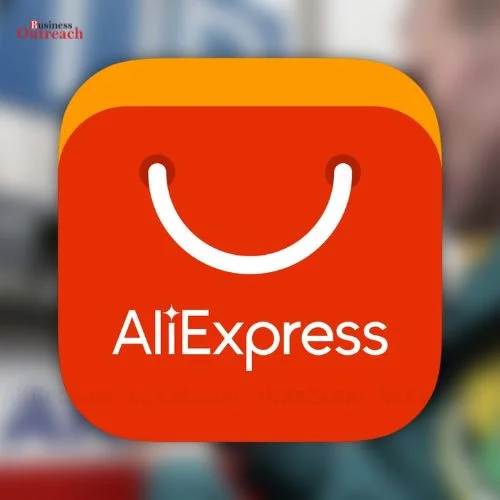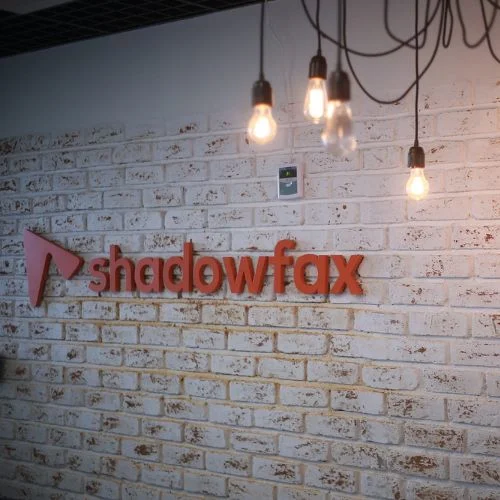ONDC achieves record-breaking retail orders of 30,000 despite reduced incentives, as collaborations between buyer and seller apps boost demand. Food and beverages dominate orders, with grocery purchases also present. Revised discount schemes and capped incentives aim to ensure sustainability while ONDC aims to disrupt the dominance of major e-commerce platforms.
Image-: Business Today
The Open Network for Digital Commerce (ONDC) witnessed a record-breaking number of 30,000 retail orders over the weekend, despite the reduction in government-backed incentives for consumers and network participants. The majority of these orders were in the food and beverages category, with a smaller portion consisting of groceries.
To compensate for the reduced subsidies per order, various buyer apps and seller apps such as Paytm and Magicpin have collaborated to devise their marketing strategies and offer discounts to stimulate demand. Typically, these network players increase discounts during weekends to attract new users, thereby increasing the average daily retail orders in the subsequent week. ONDC is also encouraging participants to put in more effort to achieve the goal of reaching 100,000 daily retail orders.
In recent weeks, the number of daily retail orders on ONDC has been around 9,000-10,000, following a decline in network-wide discounts. The previous peak occurred on May 8, when orders surpassed 25,000. Industry analysts criticized ONDC at the time, deeming the discounting model unsustainable for a government-supported initiative that aimed to create fair competition between buyers and sellers.
Limited Support-:
As of June 1, the revised incentive scheme allows buyers to avail discounts for a maximum of five transactions per month, compared to the previous three orders per day or 30 orders in total. The maximum incentive spend per order has been reduced to Rs 100, down from around Rs 125. Moreover, the total price, including discounts, should not exceed 50 percent of the order value.
ONDC Chief T Koshy explained that the network initially provides limited support to its participants to jumpstart their involvement. This support includes incentives for seller onboarding and transaction stimulation. During the high incentive period, food prices on ONDC were reportedly 5-25 percent cheaper than those on food delivery platforms like Zomato and Swiggy, sparking discussions about ONDC potentially disrupting the dominance of these unicorns.
According to another source, Magicpin, backed by Zomato, has become a key player with 30,000 daily orders on the ONDC network, fulfilling multiple roles as a technology service provider, logistics aggregator, and buyer-seller platform.
Disruptor-:
ONDC has also announced a new initiative called “Super Saver Sunday,” scheduled for June 18, which coincides with Father’s Day. This initiative aims to boost demand on the network.
Supported by the government, ONDC aims to prevent the concentration of power in a few major e-commerce and food delivery platforms such as Amazon, Flipkart, Swiggy, and Zomato. The government envisions achieving a 25 percent e-commerce penetration rate in the country within the next two years, reaching 900 million buyers and 1.2 million sellers, and generating a gross merchandise value of $48 billion through the ONDC network.















